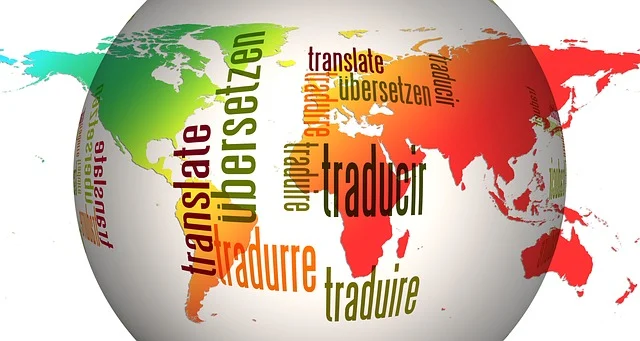In an increasingly interconnected world, the ability to communicate across languages has never been more important. Whether through literature, business, technology, or personal relationships, translations—fordítások in Hungarian—serve as powerful bridges between diverse cultures and ideas. Far from being a simple exchange of words, translation is a nuanced art that shapes how we understand each other and the world.
What Are Fordítások (Translations)?
At its core, a fordítás is more than a linguistic swap. It’s about transferring not just words, but the essence—capturing the meaning, mood, context, and cultural depth of the original language. A truly effective translation retains the emotion, subtlety, and purpose behind every phrase.
Translations allow us to:
-
Read books written in distant lands
-
Understand international laws and agreements
-
Access educational content from around the globe
-
Enjoy foreign films, songs, and art
-
Build businesses across borders
Why Translations Matter Today More Than Ever
In the digital age, language barriers are becoming obsolete—but only thanks to skilled translators and intelligent translation tools. Whether human or AI-powered, translation services are key enablers of global communication. Here’s why they matter:
1. Cultural Exchange
Translations open the door to literary works, films, poetry, and traditions from cultures we might never physically visit. They safeguard cultural heritage while opening it up to audiences around the world.
2. Global Business and Commerce
Companies expanding internationally rely on accurate legal, technical, and marketing translations. Even a single translation error can lead to massive financial loss or harm a brand’s reputation.
3. Education and Research
From academic papers to e-learning platforms, translations ensure that knowledge knows no boundaries. A student in Hungary can now learn from a professor in the U.S. or Japan—thanks to translated content.
4. Humanitarian and Legal Support
Accurate translation is critical in refugee resettlement, asylum processes, and emergency relief efforts, where miscommunication can have life-changing consequences.
The Human Touch vs. Machine Translation
While tools like Google Translate and AI-powered platforms have revolutionized everyday translation, human translators still play an irreplaceable role—especially in:
-
Literary translation
-
Legal and medical documents
-
Subtle cultural contexts
-
Localization of content
Machine translation offers speed and convenience, but human insight offers depth and precision.
Challenges in Translation
Even the most skilled translators face challenges such as:
-
Idioms and colloquialisms that don’t translate directly
-
Wordplay, humor, and sarcasm
-
Maintaining tone and voice of the original author
-
Cultural references that require adaptation, not just translation
These challenges show that translation is both a science and an art, requiring linguistic mastery and cultural sensitivity.
Hungary’s Role in Translation Culture
Hungarian translators have contributed richly to world literature and scholarship. Works by József Attila, Sándor Márai, and Magda Szabó have reached global audiences thanks to dedicated translation efforts. Hungary also boasts a strong community of academic and technical translators, ensuring its language continues to thrive globally.
Conclusion: Fordítások as Cultural Bridges
Translation is not just a tool—it’s a cultural bridge, a way to promote empathy, understanding, and cooperation. In a world divided by languages, fordítások unite us—allowing stories, ideas, and voices to travel freely.
So the next time you read a translated book, watch a subtitled film, or understand a foreign phrase, remember: behind that experience is the quiet power of translation—bridging languages, connecting cultures.

